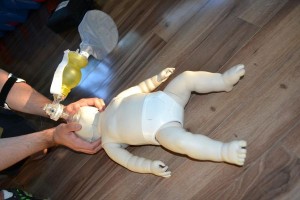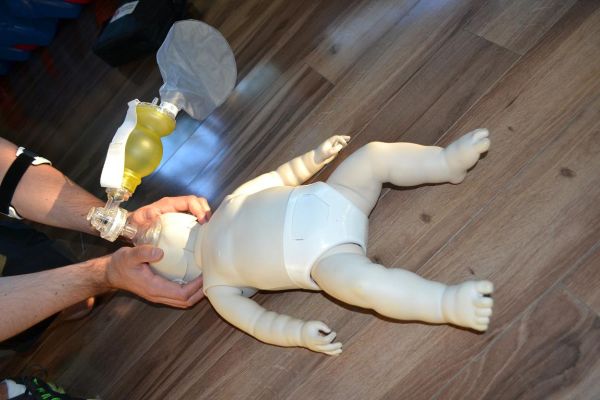
It is estimated that a child is accidentally poisoned every 30 seconds, and more than half of these poisoning incidents involve children below 5 years old and occur at home. The threats are ever present around the home. Poisons can be found in the bedroom, bathroom, kitchen, or garage. Unlike adults, young children have relatively underdeveloped circulatory system that increases the risk of poisoning. Children can be poisoned by medications, cleaning products, alcoholic beverages, pesticides and garden supplies, cosmetics, paints and solvents, and automotive products.
Children are extremely curious about everything around them. They naturally explore by putting things inside their mouths. Leaving a child unattended even for a few seconds, such as to go to a door or to answer the phone, can give him enough time to find and ingest poison. Adults should pay close attention to children if they visit a place that is not entirely childproofed.
Here are a few tips to help prevent accident poisoning in children:
• Keep all possible poisons and dangerous substances locked away and out children’s reach. Store medications in childproof containers and make sure safety caps are secured.
• Do not call medicine candy.
• Keep chemicals and harmful products in their original containers. Never transfer them in empty food containers, as children can ingest them.
• Include a bottle of Syrup of Ipecac in your first aid kit but should be used only if instructed by the local poison control or your doctor.
• Children and toys may need to be removed when using pesticides. Carefully read labels of pesticides before use.
Signs of poisoning may vary depending on the substance taken; but usually, the child suffers from severe throat pain, unexplained nausea and vomiting, difficulty breathing, burns on the mouth or lips, and abdominal pain. The child may appear sluggish or drowsy and difficult to rouse. You may also smell the substance taken on the child’s breath,
Call 911 or your local Poison Control Center. Be ready to provide information about the incident. The operator may give you instructions on what to do. Listen carefully to the instructions and follow them. Keep the victim warm while waiting for emergency help to arrive. Do not attempt to induce vomiting by giving Syrup of Ipecac or other techniques, unless instructed by the local poison control to do so. If you are going to the emergency department, be sure to bring with you empty containers of potential poison or sample of the vomitus of the child.

